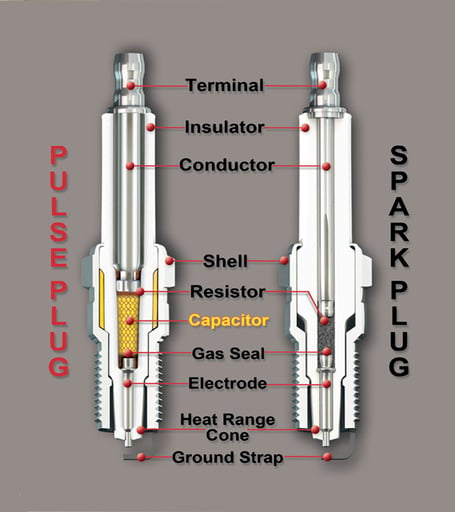NHRA has signed a multiyear agreement with Traxxas, the leading manufacturer
and seller of high performance radio-controlled vehicles. The agreement
designates Traxxas as the Official Radio-Controlled Performance Products of the
NHRA and will fully integrate the Traxxas brand into all aspects of NHRA,
including extensive multimedia rights, broadcast elements, and a strong on-site
presence, including interactive displays, signage, and entertainment features.
The sponsorship includes new Top Fuel and Funny Car specialty
race-within-a-race programs, both sponsored by Traxxas. The specifics of the
specialty programs, including locations for each event, will be announced at a
later date. Traxxas will provide $260,000 to fund the two programs, and the Top
Fuel and Funny Car specialty-race winners receiving $100,000 each.
“Traxxas comes to NHRA not only as marketing partners, but as longtime fans
of the sport,” said Mike Jenkins, owner and president of Traxxas. “The extreme
horsepower, speed, and excitement of NHRA Drag Racing is a great match for the
performance we build into our radio-controlled products.”
Fans attending 2012 NHRA Full Throttle Drag Racing Series events will easily
see the Traxxas presence throughout each racetrack. An interactive display
within Nitro Alley will allow fans the opportunity to test drive one of the
many premium radio-control vehicles the company has to offer. In addition,
Traxxas will conduct trackside entertainment during the event to showcase the
excitement, durability, speed, and maneuverability of its radio-control
vehicles. Also, Traxxas signage will be seen on the on-site video screen.
“The program with Traxxas is one of the most comprehensive and extensive
official sponsorships in NHRA Drag Racing,” said NHRA President Tom Compton.
“As part of this sponsorship, we are very pleased to introduce two new
specialty programs for Top Fuel and Funny Car. These two programs, which pair
the best of the best in the two top classes, will be extremely popular with the
fans and bring added excitement to the race weekend.”
As part of the agreement, Traxxas will have a major role during NHRA Full
Throttle Drag Racing Series telecasts on ESPN, including advertising both in
the qualifying and eliminations shows, with broadcast enhancements including an
in-show sponsor feature and race ticker. Traxxas will maintain a significant
presence on NHRA.com and plans to provide outreach to NHRA members with special
members-only offers.
Earlier this month, Traxxas announced it will become the primary sponsor for
Courtney Force, who will make her debut in the Funny Car class in 2012 in a
Traxxas Ford Mustang. The much-anticipated arrival of John Force’s youngest
daughter to the Funny Car category will result in one of the more exciting
Automobile Club of Southern California Road to the Future Award battles in NHRA
history.
The 2012 NHRA Full Throttle Drag Racing Series season kicks off Feb. 9-12 at Auto Club Raceway at Pomona with the 52nd annual O’Reilly Auto Parts NHRA Winternationals presented by Super Start Batteries.
The 2012 NHRA Full Throttle Drag Racing Series season kicks off Feb. 9-12 at Auto Club Raceway at Pomona with the 52nd annual O’Reilly Auto Parts NHRA Winternationals presented by Super Start Batteries.




